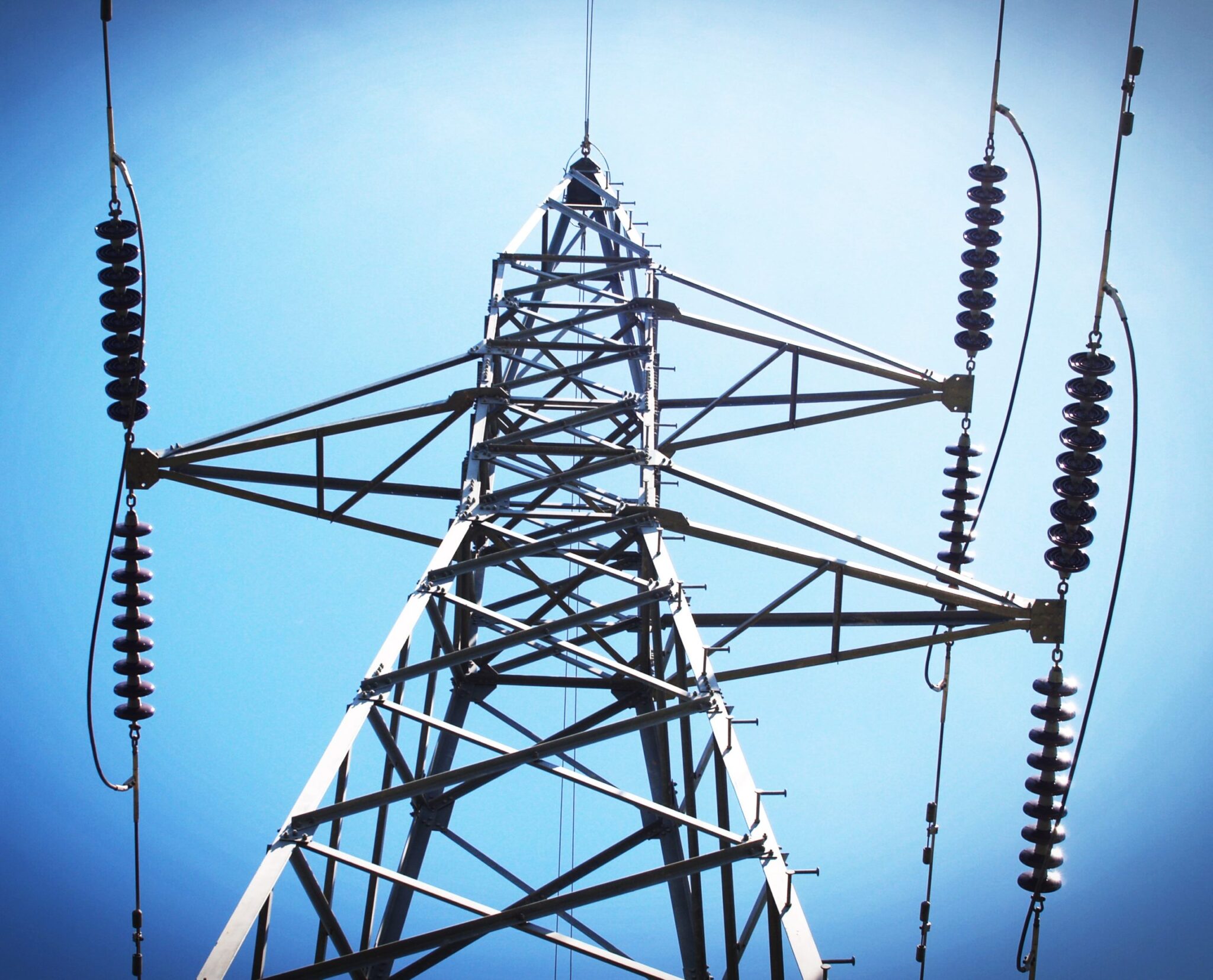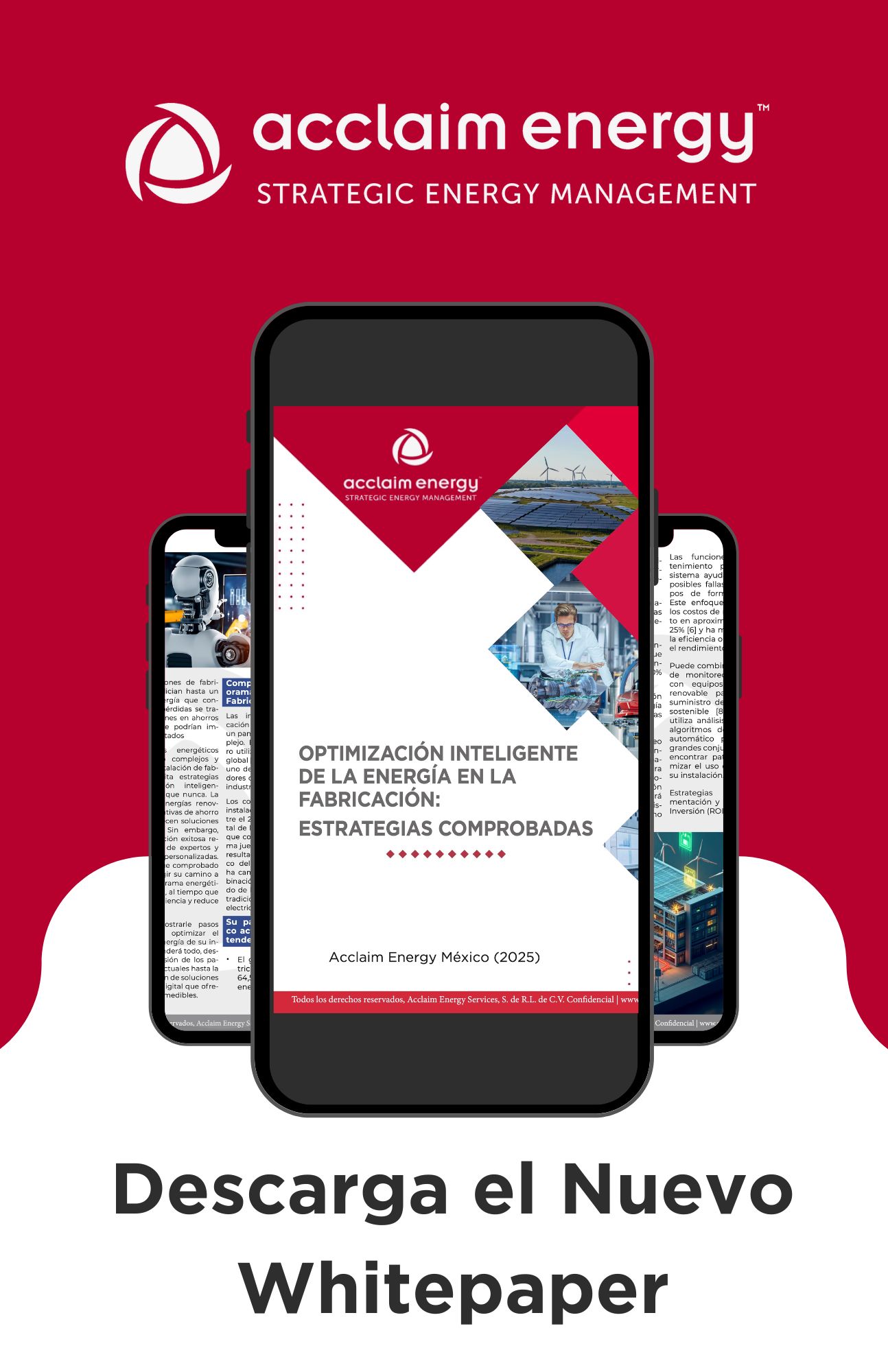PRODESEN 2023: Is there really more clean energy in the country?

On May 29, the Ministry of Energy published the National Electric System Development Program (PRODESEN) for the period 2023-2037. This is the Public Policy instrument of the Mexican Government that sets out in detail the planning of the National Electric System (SEN) for the next fifteen years, which is aligned with the National Development Plan (PND) 2019-2024 and embodies the objectives of the Energy Policy of the current federal administration.
This program mainly incorporates the most relevant elements of the Indicative Program for the Installation and Retirement of Power Plants (PIIRCE), the Programs for the Expansion and Modernization of the National Transmission Grid (PAMRNT) and the General Distribution Grids Program (PAMRGD), as well as defines the electricity infrastructure to be developed in the coming years.
According to the same program, the planning of the SEN is carried out based on clearly defined criteria for the installation of new power plants to guarantee supply with sufficiency, efficiency, quality, reliability, continuity, safety, and sustainability. It also adds that electricity is of public, social, and collective interest and that the focus should be centered on the optimal use of our natural and energy resources.
This document also highlights that the energy policy of the Mexican Government includes the development of new power plants of the Federal Electricity Commission (CFE), as well as the rehabilitation, modernization and equipment of the hydroelectric plants of the CFE in operation, in order to achieve the maximum use of this State-owned company and emphasizes that the PRODESEN includes the recovery of the generation, transmission, distribution and electricity supply capacity of the CFE, so that the company will continue to support the National Electric System.
It is important to note that the PRODESEN’ Clean Energy Progress Report points out that this year, with the orderly increase of electricity generation through clean and renewable energies, international environmental commitments are being met “as the current government has been achieving year after year”, which is for many, debatable.
Based on this data, how have the targets been achieved?
We must answer this question by referring to Agreement A/018/2023, published in the Official Gazette of the Federation on May 26 of this year, which modified the efficiency criteria and calculation methodology for determining the percentage of fuel-free energy established in Resolutions RES/003/2011, RES/206/2014, RES/291/2012 and RES/1838/2016.
This document was approved by a majority vote of the governing body of the Energy Regulatory Commission in a meeting held just two days before its publication.
In the aforementioned agreement, the criteria were reworded to allow a portion of the “fuel-free” energy (defined as electricity generated with the residual heat of a system that has used natural gas or other fossil fuels) produced by combined cycle and cogeneration plants to be considered clean, which prior to this reformulation would not have been considered clean. It should be noted that, according to several experts in the field, these criteria do not correspond to international best practices.
The exercise applied with this reformulation to the energy generated by these plants in 2022 resulted in the generation of almost 8.5 TWh of additional energy calculated with the new methodology, which is 8.6% above the 97.7 TWh of clean energy actually generated in the same period.
If this new “artificially defined” clean energy generated by the new methodology had not been taken into account, the 97.7 TWh actually generated would have represented only slightly less than 29% of the country’s electricity generation, which would have meant failing to meet the 30% target set for this year in the Energy Transition Law.
For now, the country can “boast” that from October 2021 to the end of 2022, the percentage of clean energy generation increased by 5.7%, from 25.5% to 31.2%.
We should point out that the targets for 2024 – as a commitment acquired with the signing of the Paris Agreement in 2015, as well as in the Energy Transition Law of 2014 – indicate that the country should generate 35% of its energy from clean sources. Curiously, PRODESEN does not express the percentage expected for next year, so we cannot estimate how far we could be from fulfilling these commitments in that year; much less for subsequent years, considering that annual electricity consumption could maintain its growth trend similar to last year: 3.4%. This value was even higher than the maximum scenario predicted by PRODESEN 2022 for the year 2023, and if we add to this a possible additional growth motivated by the recent nearshoring phenomenon, we can assume that the impact could be even greater due to the need for additional clean energy that these new companies could demand.
What can we expect in the future?
The new PRODESEN lists, among others, a number of projects in the field of distributed generation, nuclear energy and even the use of green hydrogen, which probably won’t be available to achieve the goals set, at least in the short term, due to the time needed to implement them or the technical and regulatory difficulties they could face, and in the long term, well, we’ll see.
– As long as the 500kW limit on distributed generation projects is not raised, even if a 338% increase is expected between 2022 and 2038 under the current rules, its share in the generation basket will remain very small (<4% in 2038).
– For nuclear, only a 150 MW addition to existing capacity is considered. That doesn’t move the needle either.
– The use of green hydrogen seems even more distant and only warns of a conversion of just over 1,000 MW in combined cycle plants that would burn a mix of 70% natural gas and 30% green hydrogen. This raises a lot of doubts, since there are no details on where they will get the clean energy to make the electrolysis process, let alone where they will get the necessary water. (Under ideal conditions, about 9 liters of water are needed for each kilogram of green H2 produced.) As a reference, an approximate value of about 50 to 60 kWh is usually used for each kilogram of green H2 produced.
On the transmission and distribution side, the document shows evidence of a significant delay in the development of the necessary infrastructure, with less than 10% of the projects identified in previous versions of PRODESEN being built. In the last two years, the increase in transmission lines was only 188 km.
Conclusions.
While clean energy is being “produced” and targets are “being met”, the reality is that large consumers are experiencing an increasing shortage of this commodity due to a lack of generation and transmission infrastructure projects that meet the needs of the market. It is advisable for companies looking for this type of energy to act quickly. At Acclaim Energy, we can help you identify the best offer from qualified suppliers, achieve savings, mitigate risks, and balance your needs. I invite you to register on our website www.acclaimenergy.com.mx to have one of our representatives contact you to discuss your particular situation.



